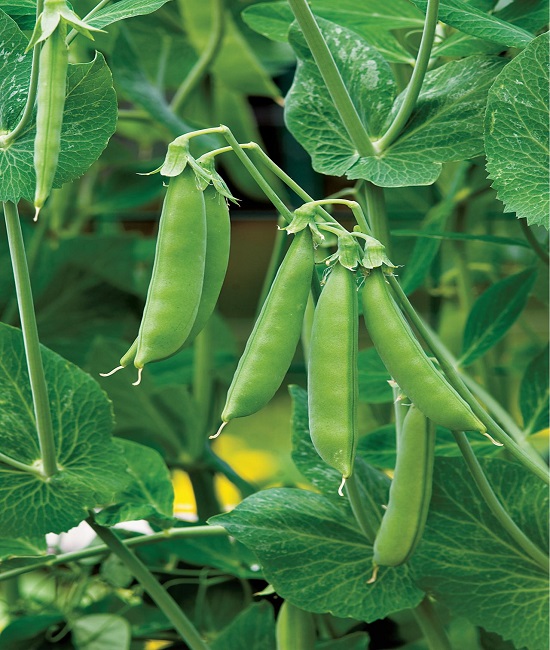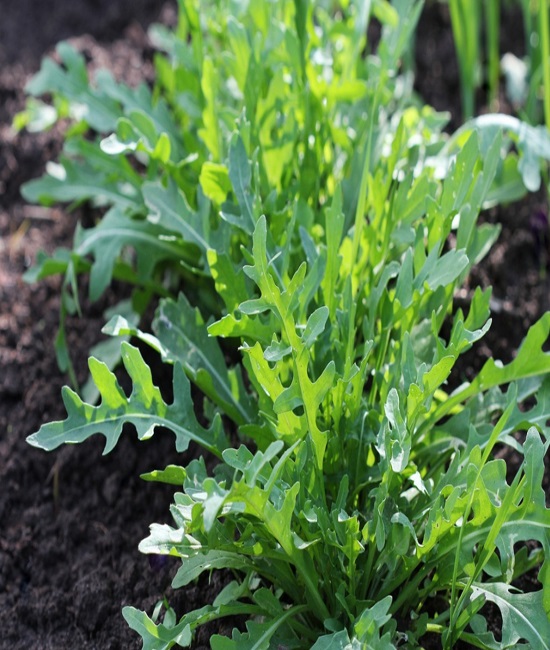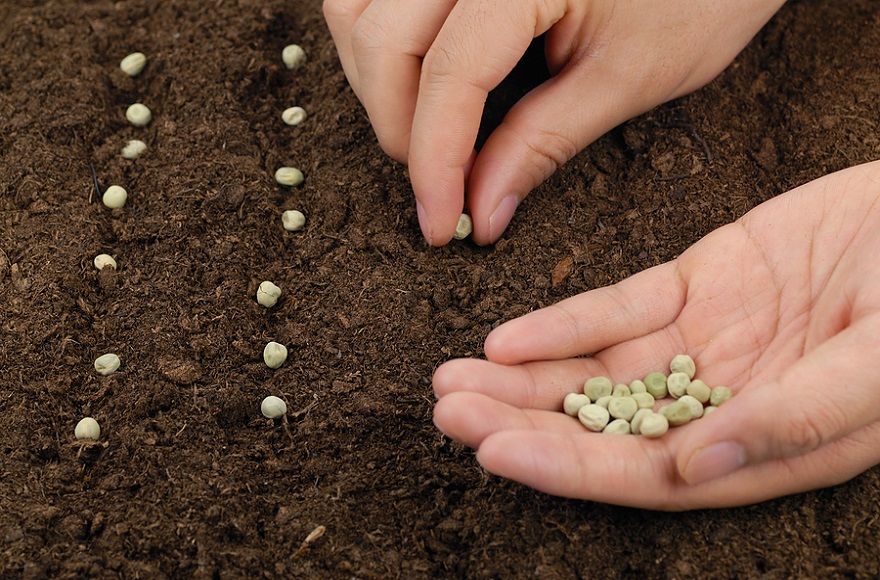There is, amazingly, still time to plant some tasty fall vegetables. And it makes no difference whether your garden is conventional or raised, or if you use pots or containers.
Even though the end of summer and the beginning of fall are rapidly approaching, there are still enough growing days in most growing zones to plant and harvest a few fall vegetable crops.
Garlic and onions for the coming year are best planted in the fall, but there is still time to plant veggies and greens for harvest this season.
Sugar Snap/Snow Peas
Sugar snap and snow peas are two vegetables that everyone enjoys munching on because of their crisp, fresh texture. And in just six weeks, you may have both of these tasty vegetables from seed to table!
In the spring, snap peas typically mature in about two months. However, the late summer’s warm soil is ideal for rapidly germinating both types of pea seeds. Plus, the arrival of cooler fall weather is ideal for their rapid growth and fruition.
Pea seeds should be planted approximately an inch deep with a spacing of 4 to 6 inches. Even while there are shrub types, most plants are climbers. A short stretch of fence or trellis will provide needed support for these varieties and make them much simpler to harvest.
Peas, as a last point, are a beneficial crop since they enrich the ground they are planted in. So, you are not only obtaining a little bit more harvest, but you are also revitalizing the soil!

Lettuce
As a fall vegetable harvest, lettuce is highly recommended. Fall’s chilly, crisp weather is perfect for cultivating a wide variety of leafy greens. And many types such as baby Leaf, bib and mesclun mixes can be harvested in as little as 21 days.
Moreover, they can be picked repeatedly. Fresh salads can be enjoyed well into the winter months if the warmer weather of autumn lasts a little longer.
Lettuce thrives in rich, well-drained soil. Incorporate a lot of compost to replenish the soil with the plant material that has been developing all summer to stimulate rapid expansion.
Plant lettuce seeds about half an inch apart and one-quarter of an inch deep, and then water thoroughly.

Radishes
Radishes are the fastest-growing vegetables in the world. They flourish when planted later in the year. Some cultivars can be harvested as early as 25–28 days after sowing, however, the vast majority are ready between 30–40 days after planting.
Directly put the seeds into the earth, leaving a space of about an inch between each one. To ensure healthy growth, water radish seedlings often. Compost is also very beneficial to them.

Spinach
Young, delicate spinach has no equal in flavor. This nutrient-dense super food thrives in the cooler temperatures of autumn, making this season ideal for cultivation.
Up to about three weeks before your final frost date, you can plant spinach seeds outside. Plant seeds a quarter to two inches deep and two inches apart.
When spinach leaves are about two inches in length, they are at their peak flavor and ready to be harvested. About three to four weeks after planting, you can start gathering your harvest.
Mild frosts won’t harm spinach, but if a freeze is on the way, pick your plants now. The delicate leaves in the garden will wilt if the temperature drops below freezing.

Kale
Kale, like spinach, grows best in chilly conditions. Vitamins and minerals abound in this cuisine, making it the best superfood available. Some varieties, like the Red Russian, are ready for picking as infant leaves in just 25 days.
During the fall, when the earth is warmer, kale seeds will sprout quickly. Plant seeds deep, about 14 inches. Water thoroughly. When the leaves are 2 inches or longer, harvest them as young leaves.

Arugula
Another plant that likes cool weather is arugula. It can survive light frosts and continue to develop. The leaves spiciness makes them an excellent choice for perking up a green salad.
For optimal growth, arugula needs soil that is both rich and well-drained. Plant the seeds approximately an inch apart and 1/4 inch deep. Compost is a great way to enrich the soil and increase its productivity.
Worm castings, like compost, are excellent for reviving soil and giving plants a boost when they need it most toward the end of the growing season. Depending on the variety, arugula can be harvested in about 28 days.


